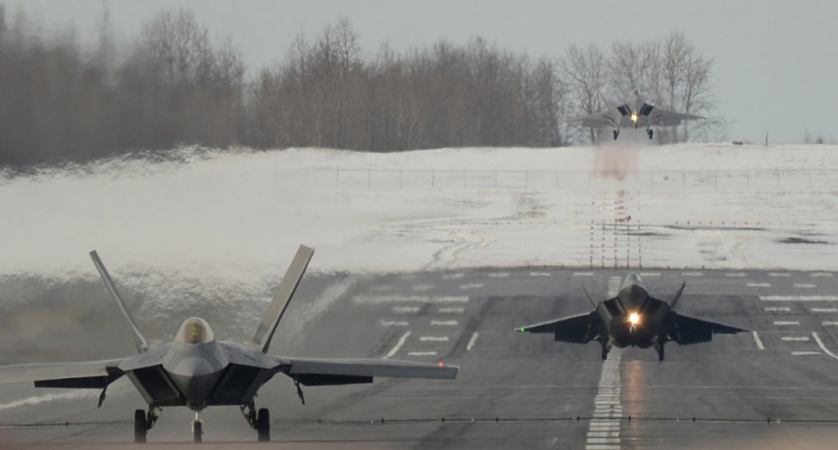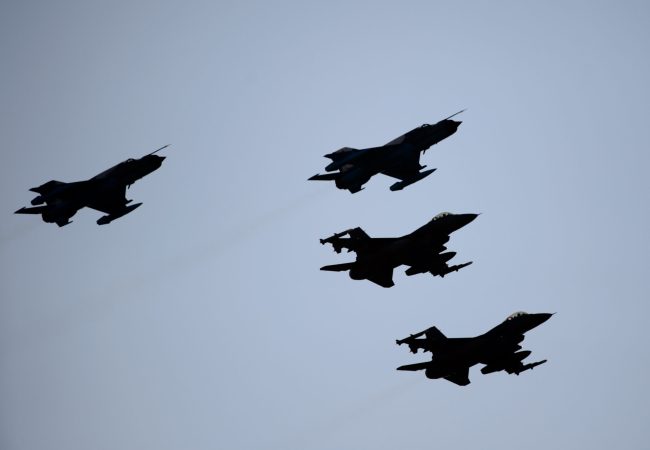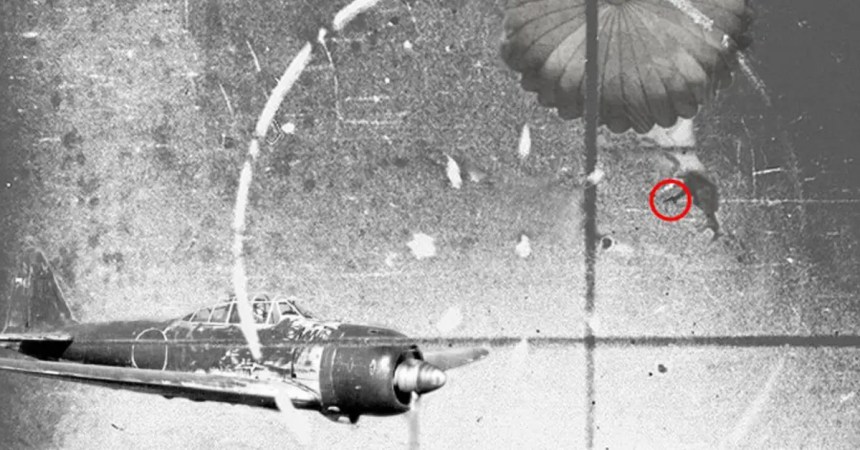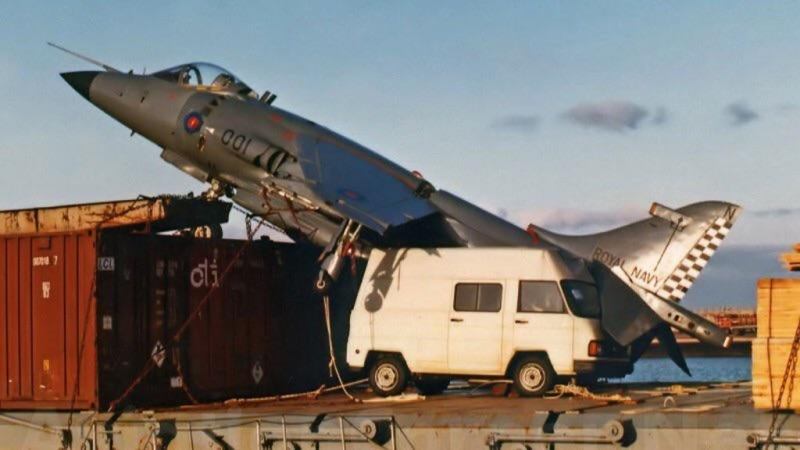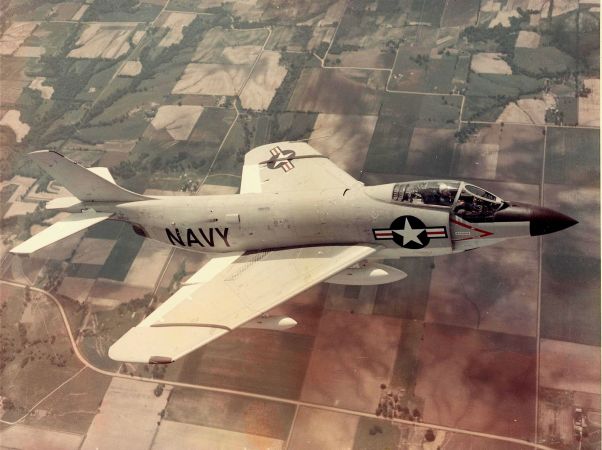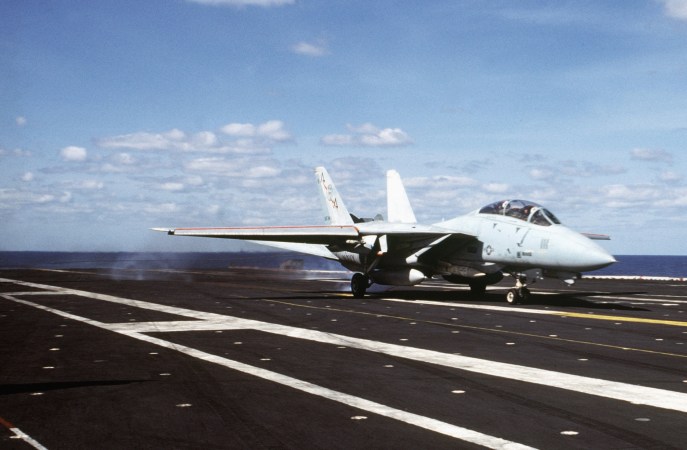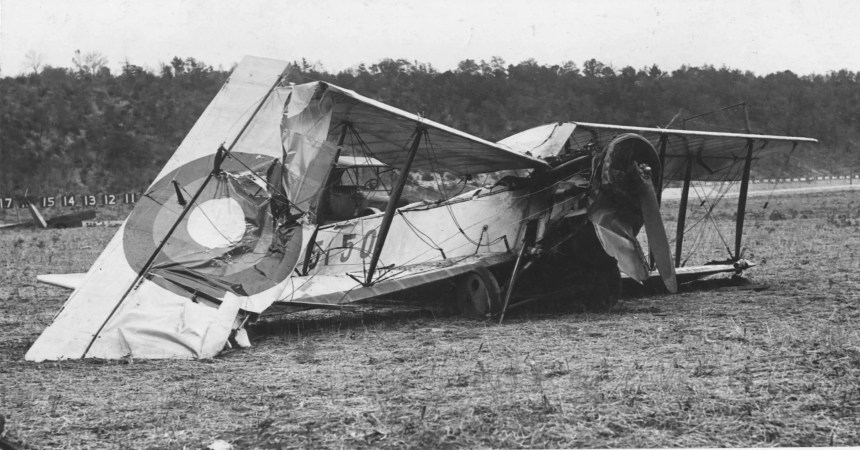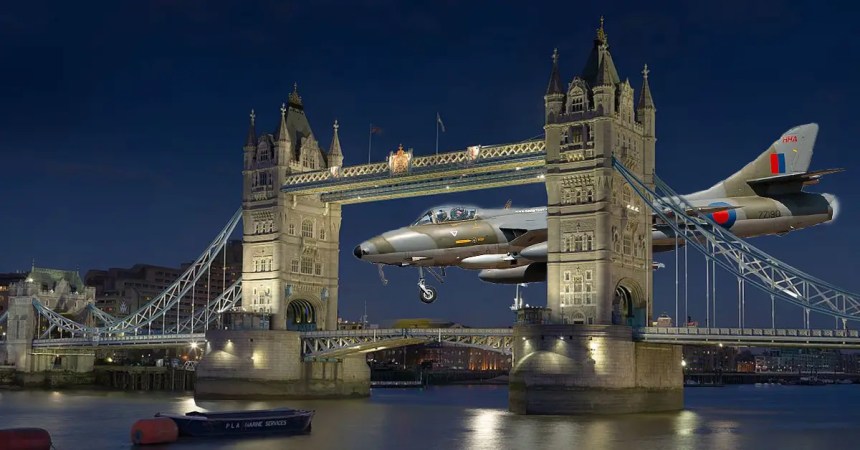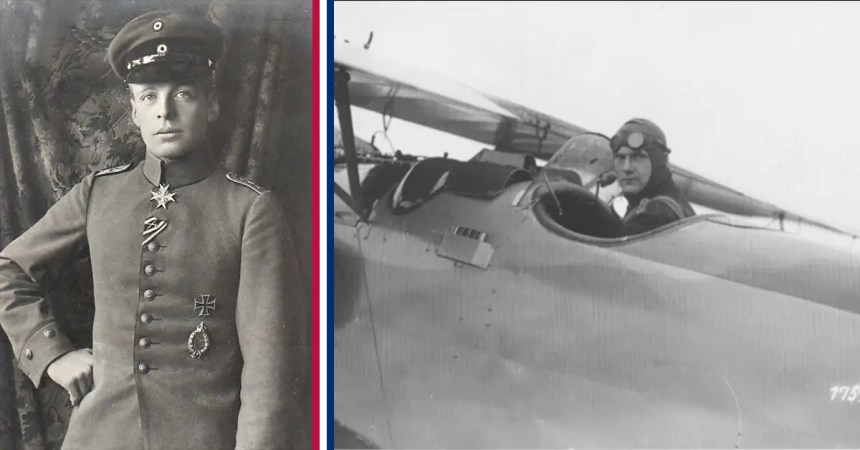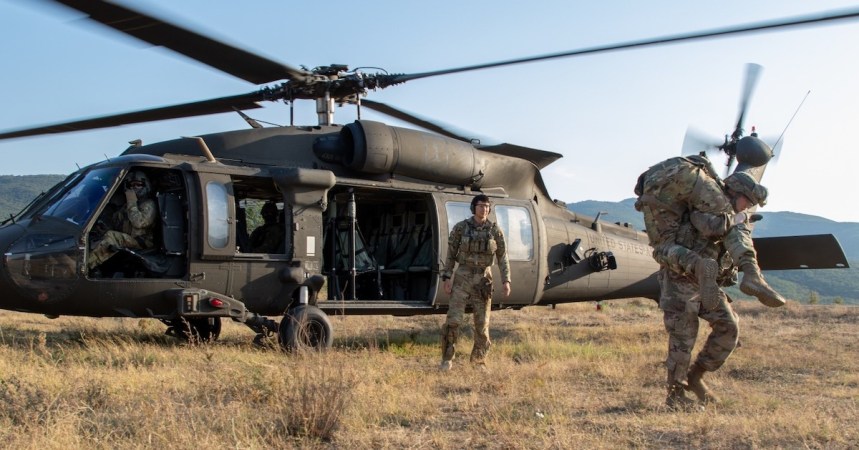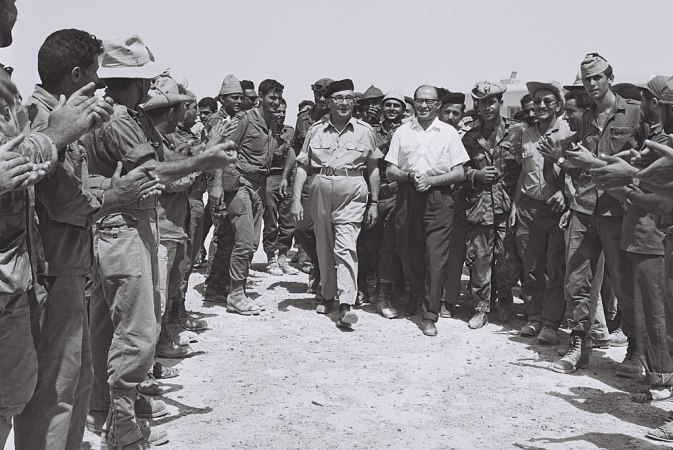Marine Corps Lt. Col. William H. Rankin had flown combat flight operations in both World War II and the Korean War, but it wasn’t enemy fire that came closest to killing him during his military flying career. It was a summer thunderstorm over the east coast of the United States.
On July 26, 1959 Rankin and his wingman, 1st Lt. Herbert Nolan, were flying a pair of F-8 Crusaders from South Weymouth, Mass back to their home base at Beaufort, S.C. when they encountered a line of severe thunderstorms over North Carolina. Shortly after the fighters climbed up to 47,000 feet to go over the growing cumulonimbus clouds, Rankin heard a loud grinding noise followed by a loss of power from the jet’s only engine. About that time the jet’s fire warning light illuminated.
Rankin tried pulling the auxiliary power handle but it came off in his hand. He tried to restart the engine several times but had no luck. At that point, with the fighter in an uncontrollable dive and going nearly supersonic, he knew he only had one option left. He keyed the radio and matter-of-factly told his wingman he “had to eject” and then pulled the handle.

The senior Marine pilot wasn’t wearing a pressure suit, so as soon as he hit the surrounding atmosphere at that altitude his body was put through the ringer. The sudden decompression caused his stomach to swell, his ears, nose and mouth to bleed. The ejection tore his left glove from his hand, leaving it exposed to the brutally cold air. His skin immediately froze, which resulted in numbness and severe frostbite.
But things were about to get worse. In his memoir, The Man Who Rode the Thunder, Rankin describes his free fall like this:
I became conscious of my body tumbling, spinning, and cartwheeling through space. I spun like a pinwheel, my limbs trying to go in every possible direction at once. I spun on the vertical, diagonal and horizontal axis. I felt the enormous pulling, stretching effects of g forces. I was a huge stiff blob of helplessness! I recognized that my body was literally spreadeagled and the force was so great I could not move my hands or legs. Several times I tried to bring my arms in to my body but it was like pulling on a stone wall. The effect of the g forces on my arms and legs must have been to multiply their weight many times.
During his fall Rankin managed to strap his oxygen mask to his face, which was a crucial element if he was going to survive his ordeal. From his training he knew that it would take about three and a half minutes to fall from just under 50,000 feet to 10,000 feet where his parachute was designed to automatically deploy. He looked at his watch and saw that more than four minutes had gone by. He figured his ejection seat automatic chute mechanism had malfunctioned, so he manually deployed it.
But Rankin’s seat hadn’t malfunctioned. His descent had simply been slowed by massive updrafts created by the thunderstorm next to him, and as soon as his chute opened another powerful updraft filled it and rocketed him several thousand feet vertically a velocity of nearly 100 mph. Lightning flashed all around in what he later described as “blue blades several feet thick” and the thunder boomed so loudly he feared it would burst his eardrums. Rain pelted him from all directions. He felt like he was going to drown.
When he reached the top of the thunderstorm the updraft turned into a downdraft. It was totally dark as he was pulled into the center of the thunder cloud, and he plummeted downward at a rate he was sure would prevent his chute from opening. But his chute did open once he was under the storm, and as it did he caught another updraft that catapulted him back to the top of the cloud. Once at the top he was dragged back into the center of the storm and thrown as if by Thor himself toward the ground again.
Rankin was repeatedly buffeted through this cycle . . . a living hell he feared might never end. In The Man Who Rode the Thunder he describes what was going through his mind at that time:
There were times when I felt I might die of sheer exhaustion because it seemed as if either the storm might never end, or I was going to be swept along with it on its insane journey up the coast for as long as that journey might take—hours, days. This feeling was most intense when I decided to look at my watch and glimpsed the time during a flash of lightning. At first I thought what a wonderful thing it was not to have lost my watch all through ejection, decompression, blasts of air, and now this; and, then, what a silly thing, looking at the time! But when I saw that it was twenty minutes past six, I thought: My God, you should have been on the ground at least ten minutes ago! You are really trapped. You are really in the pattern of the storm and a part of it, a speck of human dust, up-over-and-down, up-over-and-down and that’s the way it’s going to be. But how long? For how long?
Finally the storm dissipated enough that he wasn’t dragged back up after shooting through it, and he was unceremoniously blown into a thicket of brush in the middle of a field near Ahoskie, N.C. He was wet and beat to hell and had to draw on his survival skills to make it through the dark to a dirt road where — after being passed by a number of vehicles that refused to stop — someone was finally kind enough to take him to the nearest hospital.
Colonel Rankin spent about 3 weeks in the hospital recovering from severe decompression shock, welts, bruising, and other superficial wounds. He eventually returned to flight status.
In 2009 he died of natural causes at the age of 89.
Here’s a video about his harrowing ordeal:





